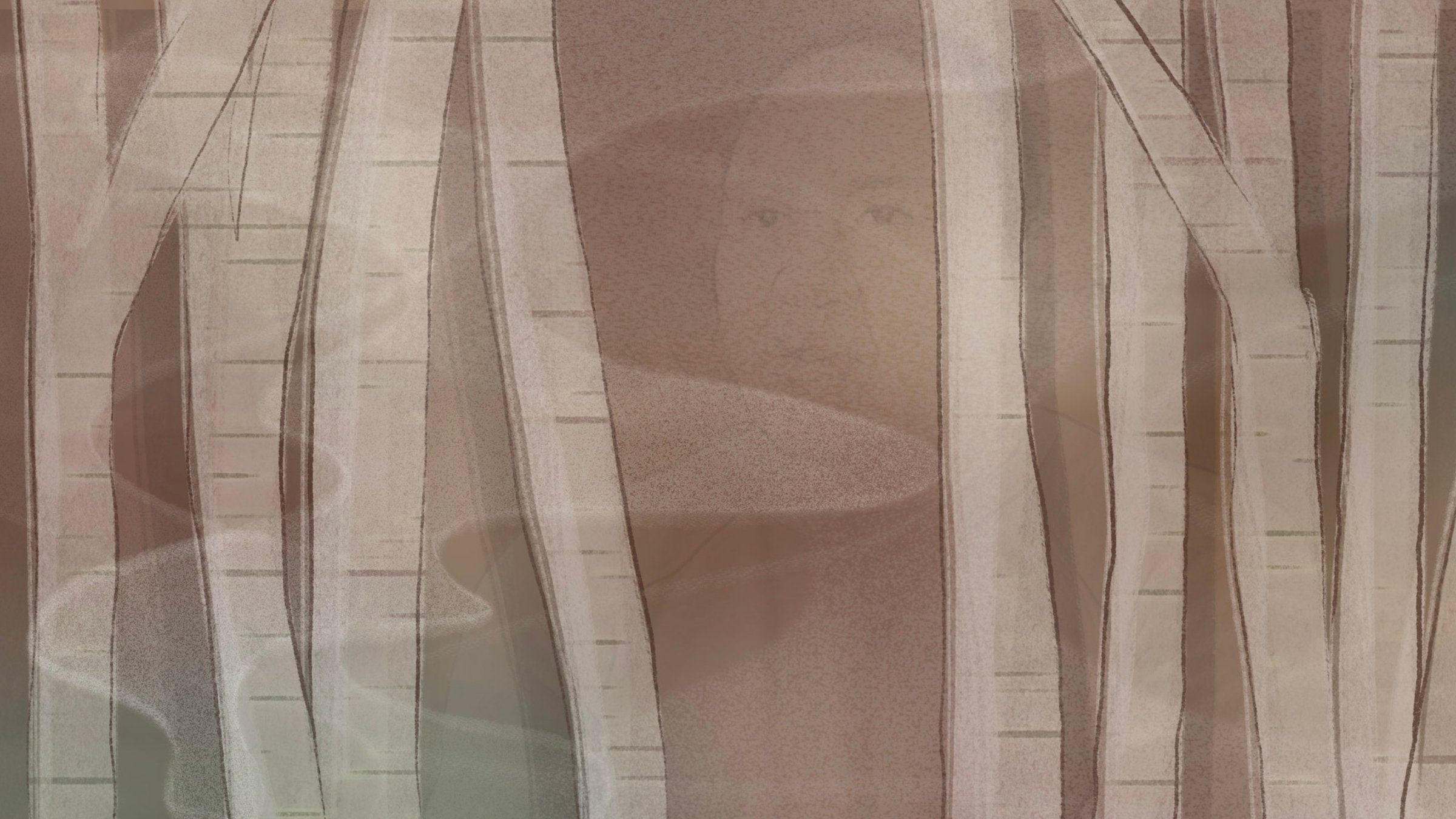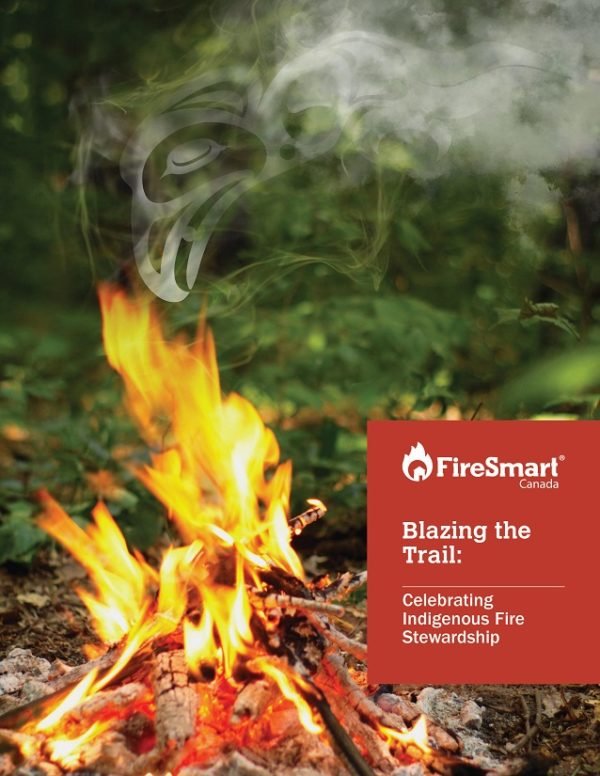Spotlight Projects
The Signal Fire documentary shares several examples of efforts being made to embrace the spirit and practice of the 10 Calls to Action. The scientists and educators involved in these “Spotlight” projects acknowledge there is still much work to be done. They are committed to listening, learning and collaborating with communities on future projects.
CLICK ON A SPOTLIGHT TO LEARN MORESPOTLIGHT | Mercury Levels in Dehcho Lakes
SPOTLIGHT | Char Fisheries Near Kugluktuk, NU
SPOTLIGHT | Bringing Research Home
SPOTLIGHT | Three Sisters
SPOTLIGHT | UNDRIP and Research
SPOTLIGHT | Ohneganos
SPOTLIGHT | Healthy Beluga
SPOTLIGHT | Resurgent Indigenous Scholars
SPOTLIGHT | Stories of the Land Through Repeat Photos
SPOTLIGHT | From Both Eyes, On the Land We Learn
SPOTLIGHT | Indigenous Participation in Peer Review
SPOTLIGHT | Good Fire
SPOTLIGHT | MERCURY LEVELS IN DEHCHO LAKES
This is a project undertaken by the Dehcho Aboriginal Aquatic Resources and Oceans Management Program, in partnership with Dr. Heidi Swanson.
Several communities in the Dehcho region, including Jean Marie River First Nation (highlighted in the film) have raised concerns about the impacts of climate change and pollutants on their local food supply. For the past ten years, communities, Dehcho AAROM, and Dr. Swanson have worked together to understand why fish mercury levels differ among lakes, how fish mercury levels may respond to climate change, and which lakes have the safest, healthiest fish to eat. Through yearly on-the-land camps, the project uses both science and traditional knowledge to understand how connections between the land, water, and fish are affecting mercury levels, and how these connections may change with a warming climate.
SPOTLIGHT | CHAR FISHERIES NEAR KUGLUKTUK, NU
Inuit fishers in Kugluktuk, NU have noticed changes in the subsistence char fishery in recent years. Harvests of Arctic Char in the Coppermine River are critical to food security in the community of Kugluktuk, and people have noticed declines in fish abundance and changes in fish health. For the past several years, the Kugluktuk Hunters and Trappers Organization, University of Waterloo, and Fisheries and Oceans Canada have worked together to better understand char migrations, char diversity, and char health. Our goal is to understand how the fish may be changing in response to warmer water temperatures and other changes in the environment, and to provide community-based managers and stewards with the best information possible.
SPOTLIGHT | BRINGING RESEARCH HOME
Bringing Research Home: Reclaiming Research to Tell the Story of Climate Change in the Kluane First Nation Traditional Territory
Bringing Research Home (BRH) is a collaborative project led by Kluane First Nation (KFN) in partnership with Yukon University and the University of Ottawa. Kate Ballegooyen is the lead investigator.
BRH addresses how, why, and what research is conducted on Kluane First Nation traditional territory, and aims to increase access to climate change research that has or is occurring on KFN traditional territory.
The initiative strengthens connections between KFN and multiple research organizations by developing a collaborative research agenda with protocols and tools to understand and share knowledge forward. It aims to facilitate knowledge mobilization in a way that empowers the KFN to more directly influence and benefit from research and knowledge gathering in their traditional territory.
The project will compile climate change research that has been conducted on KFN traditional territory and increase community accessibility to this information, develop a process that allows the community greater control over research within its traditional territory, and build relationships between researchers and the First Nation while prioritizing relationships and involvement of youth.
SPOTLIGHT | THREE SISTERS
Crop Collaboration: A Three Sisters project in Manitoba aims to increase diversity and build community.
The Three Sisters agricultural research project, led by University of Manitoba professor Kyle Bobiwash, looks at the effects of a traditional Indigenous “Three Sisters” cropping design on ecological systems, from yield to insect communities, including pest and beneficial insect populations. The Three Sisters are maize (corn), beans and squash, with sunflower often considered a fourth Sister. Companion cropping these plants in mounds is a historical Indigenous strategy that respects the qualities of each plant.
The project is taking an observational approach and is designed to be easily replicable in Indigenous communities, where Indigenous groups can potentially use the study to start asking their own research questions. As you move further north in Canada, communities face very different sets of problems.
The study aims to help rebuild connections: not only between plants and beneficial insect populations, but between humans and their food systems.
How does Three Sisters help mitigate flooding, or increase infiltration? All these environmental, social, spiritual or health problems might be knocking around in people’s minds, so this is an experimental area we can use for education.
Kyle Bobiwash, Anishinaabe-Ojibwe, Assistant Professor, University of Manitoba, Department of Entomology
SPOTLIGHT | UNDRIP AND RESEARCH
Researchers’ Responsibility to Uphold Indigenous Rights
The United Nations Declaration on the Rights of Indigenous People (UNDRIP) was adopted in 2007 by 144 countries to ensure protection of Indigenous rights and self-determination . While directed at states, the agreement should guide all levels of society.
This paper, published in Science, was written by Indigenous and non-Indigenous researchers with backgrounds and experiences partnering with Indigenous people. It argues that researchers — at universities, government institutions, consultancies, and elsewhere — have a personal responsibility to understand and advance these rights.
For the paper, UNDRIP was reviewed to identify articles relevant to researchers. These were summarized into four themes: self-determination; free, prior, and informed consent; intellectual property; and engagement and learning. They provide a starting point for researchers to uphold Indigenous rights in ways that support Indigenous self-determination.
SPOTLIGHT | OHNEGANOS
Ohneganos Ohnegahdę:gyo
This Indigenous water research program, led by McMaster University Professor Dr. Dawn Martin Hill, is focused on investigating Indigenous water insecurity primarily in two communities: Six Nations of the Grand River in Ontario and Lubicon Lake Band of Little Buffalo in northern Alberta. Both communities have endured generations of limited access to clean drinking water and are worried about the level of pollution in the water and ecosystems that their communities rely on.
Their program is made up of two main projects: Co-Creation of Indigenous Water Quality Tools and Ohneganos — Indigenous Ecological Knowledge, Training, and Co-Creation of Mixed-Method Tools. The research uses a holistic framework informed by both Western science and Indigenous research methodologies, knowledges, experiences, and worldviews.
This process of ‘co-creation’ between Indigenous and non-Indigenous researchers enables the development of appropriate, place-based, sustainable solutions to the water crisis impacting Indigenous communities across Turtle Island.
To share the results of the work, the team produced an innovative virtual reality (VR) experience that balances scientific results with Indigenous Knowledge and history.
SPOTLIGHT | HEALTHY BELUGA
Beluga Health Monitoring in the Inuvialuit Settlement Region
“That’s how we know they’re healthy”: the inclusion of traditional ecological knowledge in beluga health monitoring in the Inuvialuit Settlement Region
The Beluga Harvest monitoring program is a flagship program of the Inuvialuit’s Fish and Marine Mammal Community Monitoring Program. Dr. Lisa Loseto of Canada’s Department of Fisheries and Oceans is one of its lead investigators.
Beluga whales are an important animal harvested by the Inuvialuit in the Western Arctic. The harvest monitoring program was established to provide critical information about beluga health and observed changes in the population.
This study aimed to develop local indicators of beluga health that bridge traditional ecological knowledge about their condition, illness, and disease, with western science through the co-production of knowledge. To develop these indicators, members of Inuvik, Paulatuk and Tuktoyaktuk communities with beluga harvesting experience were asked to share their knowledge about beluga health from an Inuvialuit perspective.
Their understanding about the environment and beluga health, beluga harvesting values, and Inuvialuit cosmology — the foundation of their knowledge system — were documented through questionnaires, interviews and community meetings.
The research helped increase understanding of how Inuvialuit view beluga health from the physical and behavioural characteristics of belugas, values around belugas, and appropriate behaviours by harvesters and how observations made about beluga can be explained.
The suite of local indicators developed help bridge traditional knowledge about beluga conditions, illness, and disease with western science to support the co-creation of useful knowledge for research and management.

SPOTLIGHT | RESURGENT INDIGENOUS SCHOLARS
Resurgent Indigenous Scholars for the Environment (RISE) Collective
RISE is an innovative collaboration between new Indigenous faculty members at the University of British Columbia where Dr. Shandin Pete is a member.
The group explores ways to combat the assumed universality and superiority of Western science within the academic structure, and to instead create supportive systems that foster collaborative and holistic Indigenous science scholars across the usually siloed departments and faculties within academic institutions.
Through the formation of RISE, the members have created their own space to provide mutual support, co-designing research and teaching projects and provide service to Indigenous Peoples within and beyond the university campus.
SPOTLIGHT | STORIES OF THE LAND THROUGH REPEAT PHOTOS
In Signal Fire, Carmen and Gùdia use historic and repeat photos from The Mountain Legacy Project to talk about landscape change. The Mountain Legacy Project is a research initiative based in the School of Environmental Studies at University of Victoria. The project explores changes in Canada’s mountain landscapes through the world’s largest collection of systematic high-resolution historic mountain photographs (>120,000) from surveyors dating back to the late 19th century and a vast and growing collection of repeat images (>8,000 photo pairs). These evocative photos offer a starting point for discussing landscape change with Indigenous communities, recognizing that the historic photographs themselves and the surveyors who took them represent impacts of colonization.
SPOTLIGHT | FROM BOTH EYES, ON THE LAND WE LEARN
Ch’indee Neekaii Gwits’at: Nankak Gatro’onahtan (From Both Eyes, On the Land We Learn)
Youth Training in Ethical Knowledge Sharing and Co-production to Advance Northern, Indigenous-Led Conservation and Stewardship.
This was a land-based training camp for northern Indigenous youth and young researchers organized by the Canadian Mountain Network. Professor Murray Humphries was one of the instructors and Elder Gùdia (Mary Jane) Johnson contributed to the planning and teachings.
The camp’s goal was to help youth develop the skills to understand, work and care for the lands and waters within their traditional territories, as well as conduct research that is relevant to Indigenous communities and guided by ethical protocols.
During the camp, the youth worked together, lived together and learned traditional knowledge from Indigenous Elders and scientific expertise from researchers directly on the land. They learned about the history of the area from local knowledge holders, explored Indigenous political history in Canada, the residential school system, local to global impacts of climate change, land guardianship, community-based research, and braiding Indigenous ways of knowing and doing with Western science. Through these shared experiences, important networks were also built between Indigenous and non-Indigenous youth to help the next generation of leaders work together and deepen their understanding of themselves and their connection to each other and the land.
The camp was hosted on the homelands of the Lhù'ààn Mǟn Ku Dan - Southern Tutchone People at Lhù'ààn Mǟn Keyi and based at the Kluane Lake Research Station. The training was led by Elders and knowledge holders, who shared a holistic Indigenous worldview destined to help camp participants apply their learning to specific future research projects and/or employment opportunities. Certifications in land-based learning and remote first aid were included as part of the program.
SPOTLIGHT | INDIGENOUS PARTICIPATION IN PEER REVIEW
Indigenous Participation in Peer Review Publications and the Editorial Process: Reflections from a Workshop
This is an article based on a discussion at the 2019 ArcticNet Annual Scientific Meeting organized by the Arctic Sciences Journal editors, including Lisa Losetto.
The intention was to explore the paradigm shift to include local Indigenous peoples, their priorities, and knowledge throughout the research process. The Arctic Science Journal published a special issue in 2020 that highlights research involving partnerships between Indigenous and non-Indigenous researchers to support knowledge co-production.
The editors found little space within the standard peer review and editorial processes for Indigenous peoples, their perspectives and knowledge. To discuss this issue, the Journal organized a half day workshop with Indigenous and non-Indigenous participants who are involved in Arctic research.
The discussions revealed that answering questions about the involvement of Indigenous peoples in the peer review and editorial processes needs to start by addressing equity challenges in the research process generally. The discussion demonstrated that further conversations are needed and that no single approach will work in all cases, but that there are several concrete actions that researchers, universities, funding organizations and publishers can take to begin addressing this issue.
SPOTLIGHT | GOOD FIRE
Good Fire (podcast)
This podcast, hosted Amy Cardinal Christianson and Matthew Kristoff, explores the concept of fire as a tool for ecological health and cultural empowerment by Indigenous peoples around the globe. Good Fire is a term used to describe fire that is lit intentionally to achieve specific ecological and cultural goals. Good fire is about balance.
Blazing the Trail: Celebrating Indigenous Fire Stewardship (book)
This book recognizes the contributions to wildfire prevention of Indigenous communities in Canada. Its detailed, first-person stories provide insight and context about Indigenous Peoples and fire stewardship and the narrative encourages celebration and sharing of wise practices and lessons learned across generations.
It is designed for leaders at all levels in Indigenous communities, from local youth to elders, fire keepers, fire knowledge-holders, Indigenous elected officials, fire chiefs, and senior community managers/administrators. In the spirit of allyship, non-Indigenous agencies that work alongside Indigenous communities across Canada will also benefit from Blazing the Trail: Celebrating Indigenous Fire Stewardship.

























